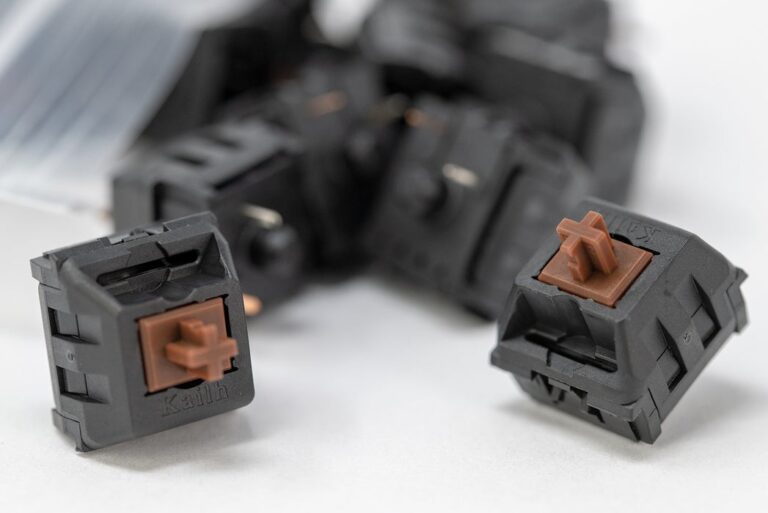
This review is largely preference, my rankings will likely be very different from yours.

Ping / Spring Ping / Leaf Ping: This is a metallic reverb produced by the sound of the spring, leaf, or both. The leaf is in the bottom housing as the picture shows. Leaf: The metallic contacts in a switch, these themselves actually actuate the switch. Post-Travel: Post-travel is the linear travel after the tactile event.Īctuation: Actuation is when the switch activates and outputs to the device.īottom Out: When the switch finishes traveling and hits the bottom housing. Pre-Travel: Any linear or smooth uninterrupted travel before the tactile event. Tactile Event: The bump in the switches travel. This structure allows these switches to be dust-proof. Box switches don’t get the word box from the shape of their stem but rather a different internal mechanism for activating the switch that is surrounded by a small box within the switch. This system is preferred by enthusiasts who like clicky switches because it allows for a more satisfying experience with stronger tactility.īox Switches: Although there are box switches for all types of switches, they are especially popular among clicky switches. The stem of the switch then makes contact just under the contact from this bar to activate the switch. The click bar plays no role in the switch actually being activated but simply makes a sound and provides a tactile feel. Click jackets are the system used in Cherry MX Blues and clones.Ĭlick Bar: A system in which a metal bar is placed and when pushed it creates a click. This system functions by having a collar around the stem of the switch that is pushed downward and actually causes the clicking sound and activates the switch. Whenever switches are mentioned, there are always some confusing terms involved, so let’s go through them.Ĭlick Jacket: A system that makes a loud click sound when pressed down but no click when the upstroke. Today we are going to discuss the best clicky switches from our testing.

With the abundance of clicky switches in the custom keyboard market, it can get extremely confusing to find the right switches for you. Clicky switches pair the tactility that is popular with tactile switches with additional audio feedback.

If you want to learn more about each switch type and difference and choose your favorite switch type or color, you've come to the right place! WhatGeek will explain in detail the different types of mechanical switches for you.Are you a fan of a crisp tactile bump paired with a nice, sharp click? Clicky switches are a favorite of many but are often not talked about.Ī clicky switch is a keyboard switch that produces a bump at some point in the travel, paired with a higher-pitched click. Clicky switches are the loudest of the three switches. Both tactile and clicky switches have tactile bumps, while linear switches are quick and smooth. The main difference between these three switches is the sound and feel. At present, there are many key switches on the market, including red switches, blue switches, black switches, yellow switches, etc., and the switches represented by these colors can be divided into three types of switches: linear switches, tactile switches and clicky switches. Switches give you a different feeling of use, and keycaps give you a different vision. The best thing about mechanical keyboards is that you can always choose or customize your switches and keycaps. Article Directory Linear Switches Tactile Switches Clicky Switches Difference Between the Clicky, Linear, Tactile Switch Types


 0 kommentar(er)
0 kommentar(er)
